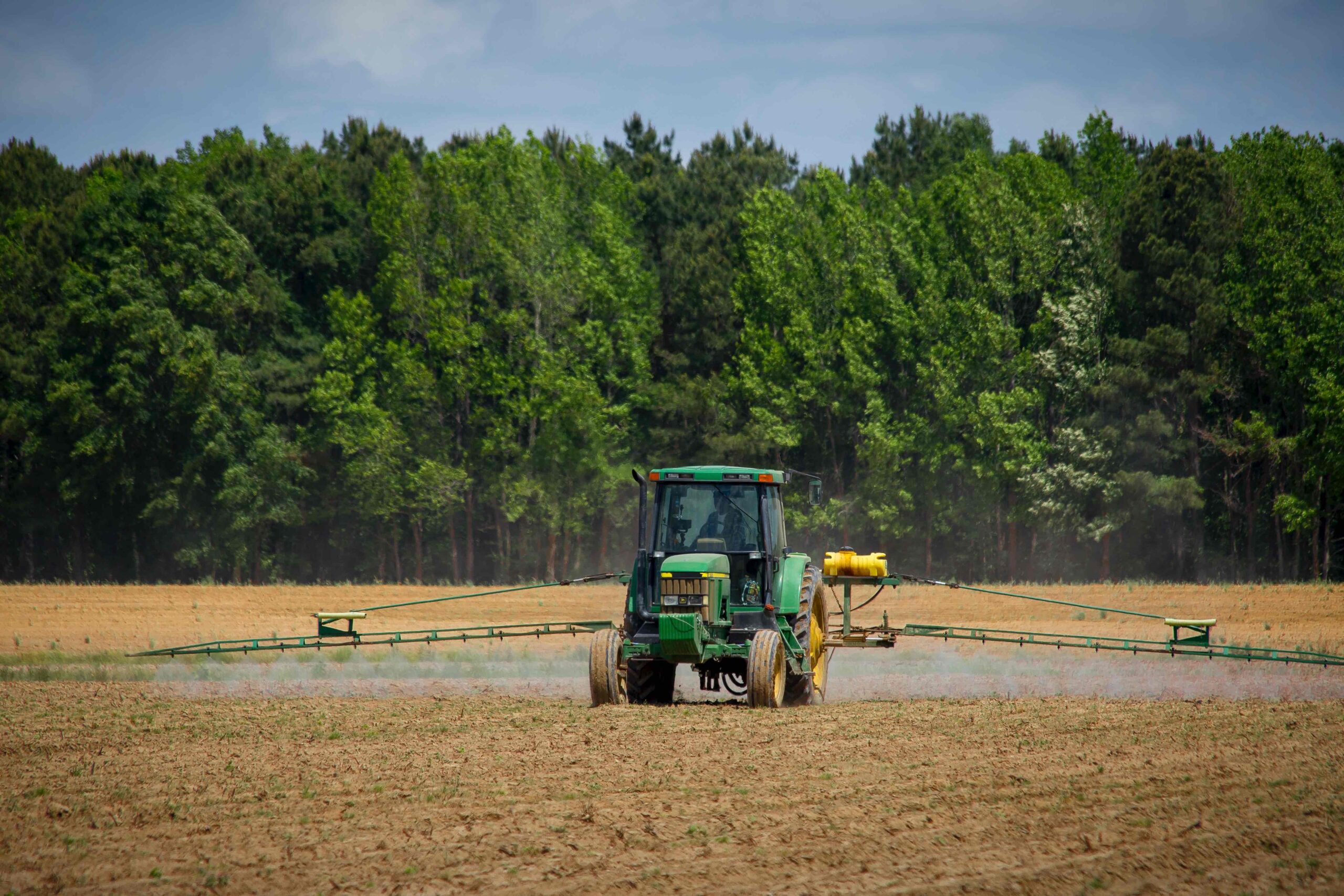Sometimes, in Extension, a farmer will ask what kind of recordkeeping system is required for the farm. It is an interesting question and one that can have several layers. If we think of all the records that a farm might be required to have, it can be a lot. Records for the farm include production, food safety, labor, marketing, sales, expenses, and other business documents. All these records are important for different reasons. Typically, a farm owner will need these to analyze, verify, and produce documentation of activities occurring (or not occurring) in their operation. Sometimes, it is solely for the farmer, and other times, it may be required by a regulatory agency. Either way, having systems in place to accurately and efficiently organize this information is important.
For this article, we are focused on financial records for the operation. This encompasses sales records, expenses, and other business transactions (like loan payments). The first goal should be to capture everything. Only recording half the expenses, for instance, would produce a bad set of data for the farmer. One step in the right direction is ensuring a business bank account is set up for the farm. Assuming there is not a mix of personal and business transactions, this will capture how much money is coming in and out of the business.
A business bank account will not include everything, however. Assume, for instance, a piece of machinery was bought but did not require a down payment or loan payments for the first six months. In this instance, something significant occurred, and only looking at the money going in or out would not tell the whole story. It is important to have an organized filing system, either electronic or hardcopy, where source documents are retained, secured, and backed-up appropriately. Once all activities are accounted for, other processes can be implemented to organize and categorize the information.
The most straightforward method of organization is recording everything by date. An example is a folder that records everything in January 2023, February 2023, and so on. Knowing an activity occurred during April, for instance, you could locate it in that folder. While this is serviceable, having additional categorization, like whether it is an expense and what the particular expense is related to – inputs, labor, overhead, etc. provides granularity for finding specific records. For finances, recording transactions in an accounting system where they are put into a ledger provides even greater organization and an ongoing tally of everything that has occurred during the year. This ledger can be used to determine profitability, analyze the business, file taxes, and make other necessary reports from the business. The source documents should always be available for backup, but having one file that encompasses everything provides a much more workable format.
Primarily we’ve discussed financial records of the business. However, it is important the farm owner knows all of the regulations and record requirements of their business. Ultimately, the best system is the one you understand and will actually use. Over time, it can become more refined to meet the needs of the business. It is a balance between how much detail and organization is needed and how much time and resources a business has to develop systems to put in place. A more complex filing system would be more difficult to set up but will likely pay dividends in the long run. And as with any large undertaking, you must start “one bite/file at a time.”

Leave a Reply